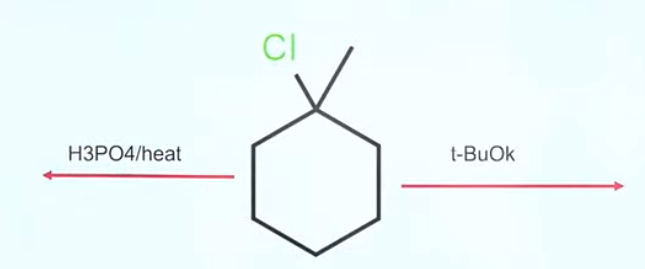The major product'A' of the following given reaction has _____ sp2 hybridized carbon atoms.
2,7-Dimethyl-2,6-octadiene H+−−→AMajor Product
To determine the number of sp² hybridized carbon atoms in the major product 'A' of the reaction involving 2,7-Dimethyl-2,6-octadiene, we will follow these steps:
Step 1: Understand the Structure of 2,7-Dimethyl-2,6-octadiene
2,7-Dimethyl-2,6-octadiene is an organic compound with the following structure:
- It has a total of 8 carbon atoms (octa-).
- There are two double bonds (diene).
- The methyl groups are located at the 2nd and 7th positions.
Step 2: Identify the Reaction Conditions
The reaction is performed in the presence of H⁺ ions, which indicates an acid-catalyzed reaction. This typically leads to the addition of H⁺ to the double bonds, resulting in the formation of a more stable product through Markovnikov's rule.
Step 3: Predict the Major Product
When H⁺ adds to the double bonds of 2,7-Dimethyl-2,6-octadiene:
- The double bonds will undergo protonation, leading to the formation of carbocations.
- The most stable carbocation will form, which is typically at the more substituted carbon.
Step 4: Draw the Major Product
After the addition of H⁺ and subsequent rearrangement, the major product will likely have:
- One double bond remaining.
- The structure will be adjusted to accommodate the new carbocation and the methyl groups.
Step 5: Count the sp² Hybridized Carbons
In the major product:
- Identify all carbon atoms involved in double bonds (sp² hybridized).
- Count the number of sp² hybridized carbon atoms.
Final Count
After analyzing the structure of the major product, we find that there are 4 sp² hybridized carbon atoms in the major product 'A'.
Conclusion
The major product 'A' of the reaction has 4 sp² hybridized carbon atoms.
---
2,7-Dimethyl-2,6-octadiene is an organic compound with the following structure:
- It has a total of 8 carbon atoms (octa-).
- There are two double bonds (diene).
- The methyl groups are located at the 2nd and 7th positions.
The reaction is performed in the presence of H⁺ ions, which indicates an acid-catalyzed reaction. This typically leads to the addition of H⁺ to the double bonds, resulting in the formation of a more stable product through Markovnikov's rule.
When H⁺ adds to the double bonds of 2,7-Dimethyl-2,6-octadiene:
- The double bonds will undergo protonation, leading to the formation of carbocations.
- The most stable carbocation will form, which is typically at the more substituted carbon.
After the addition of H⁺ and subsequent rearrangement, the major product will likely have:
- One double bond remaining.
- The structure will be adjusted to accommodate the new carbocation and the methyl groups.
In the major product:
- Identify all carbon atoms involved in double bonds (sp² hybridized).
- Count the number of sp² hybridized carbon atoms.
After analyzing the structure of the major product, we find that there are 4 sp² hybridized carbon atoms in the major product 'A'.
The major product 'A' of the reaction has 4 sp² hybridized carbon atoms.
Topper's Solved these Questions
- JEE MAINS 2022BOOK - JEE MAINS PREVIOUS YEARCHAPTER - JEE MAINS 2022EXERCISE - PHYSICS (SECTION B)
1 Videos
- JEE MAINS 2022BOOK - JEE MAINS PREVIOUS YEARCHAPTER - JEE MAINS 2022EXERCISE - CHEMISTRY (SECTION A)
19 Videos
- JEE MAINS 2022BOOK - JEE MAINS PREVIOUS YEARCHAPTER - JEE MAINS 2022EXERCISE - CHEMISTRY (SECTION-B)
10 Videos
- JEE MAINS 2021BOOK - JEE MAINS PREVIOUS YEARCHAPTER - JEE MAINS 2021EXERCISE - Chemistry (Section B )
10 Videos
- JEE MAINS 2023 JAN ACTUAL PAPERBOOK - JEE MAINS PREVIOUS YEARCHAPTER - JEE MAINS 2023 JAN ACTUAL PAPEREXERCISE - Question
360 Videos
Similar Questions
Knowledge Check
Given the major product of the following reaction
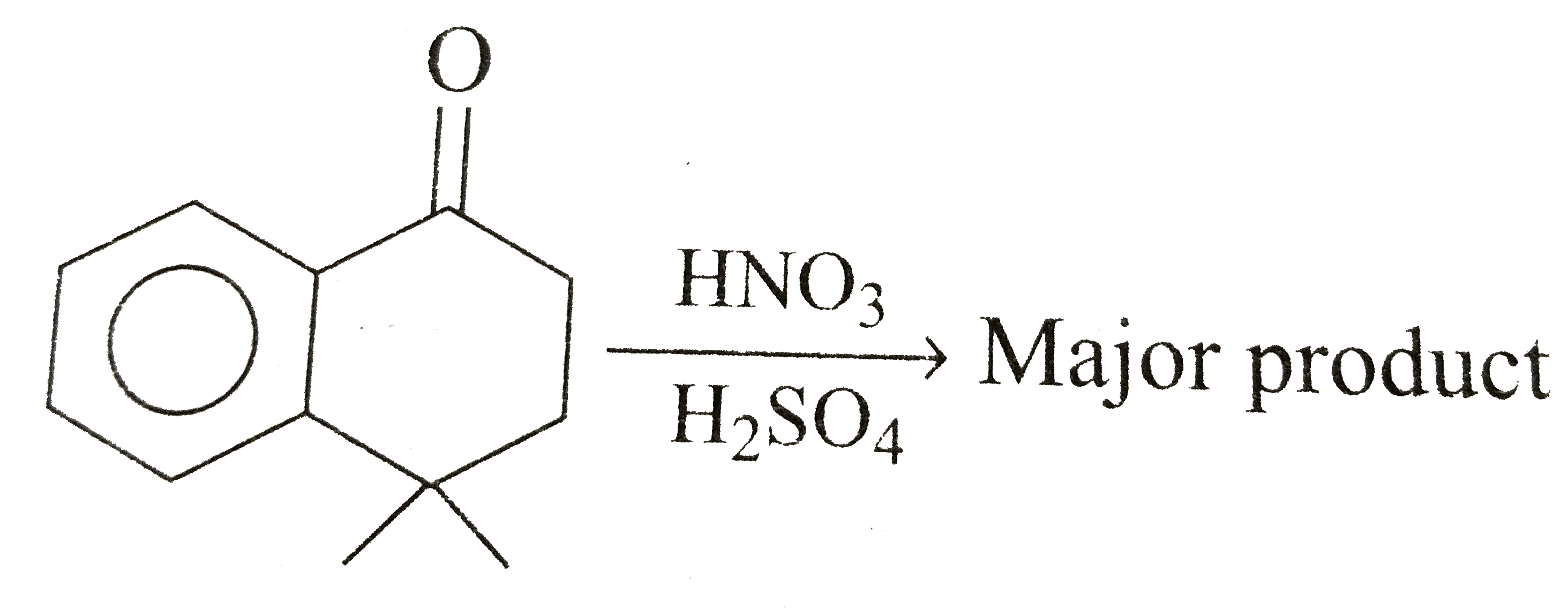 A
A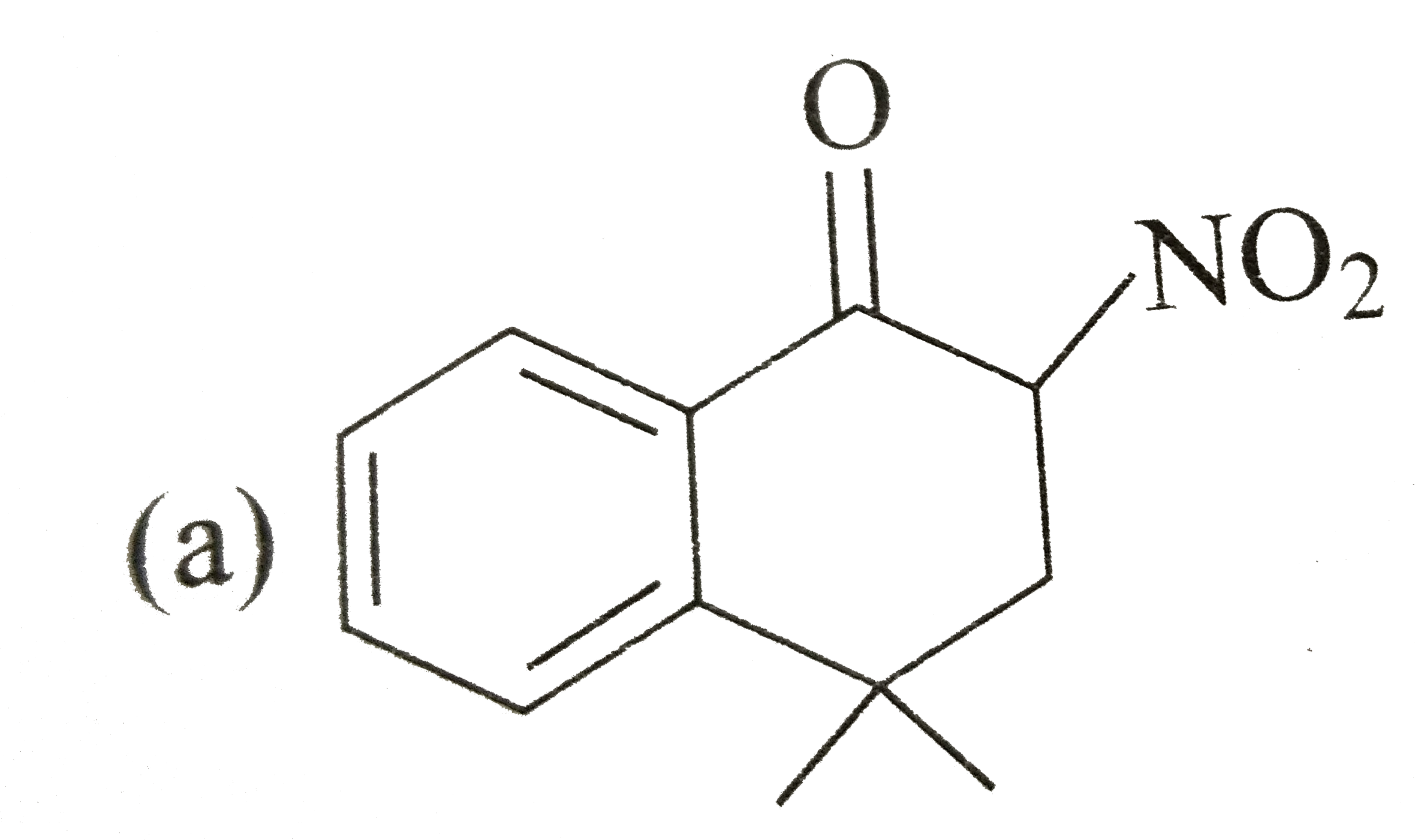 B
B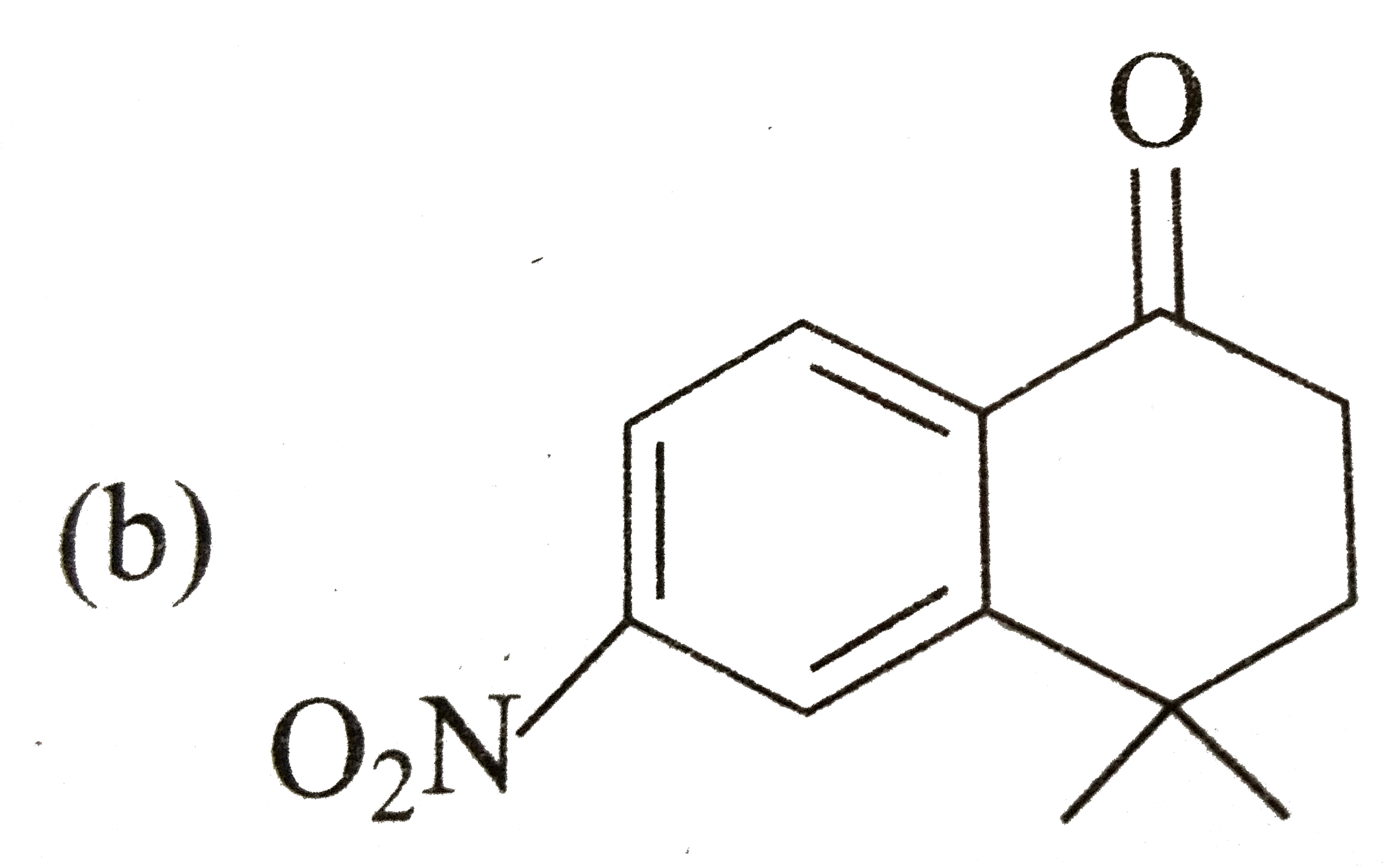 C
C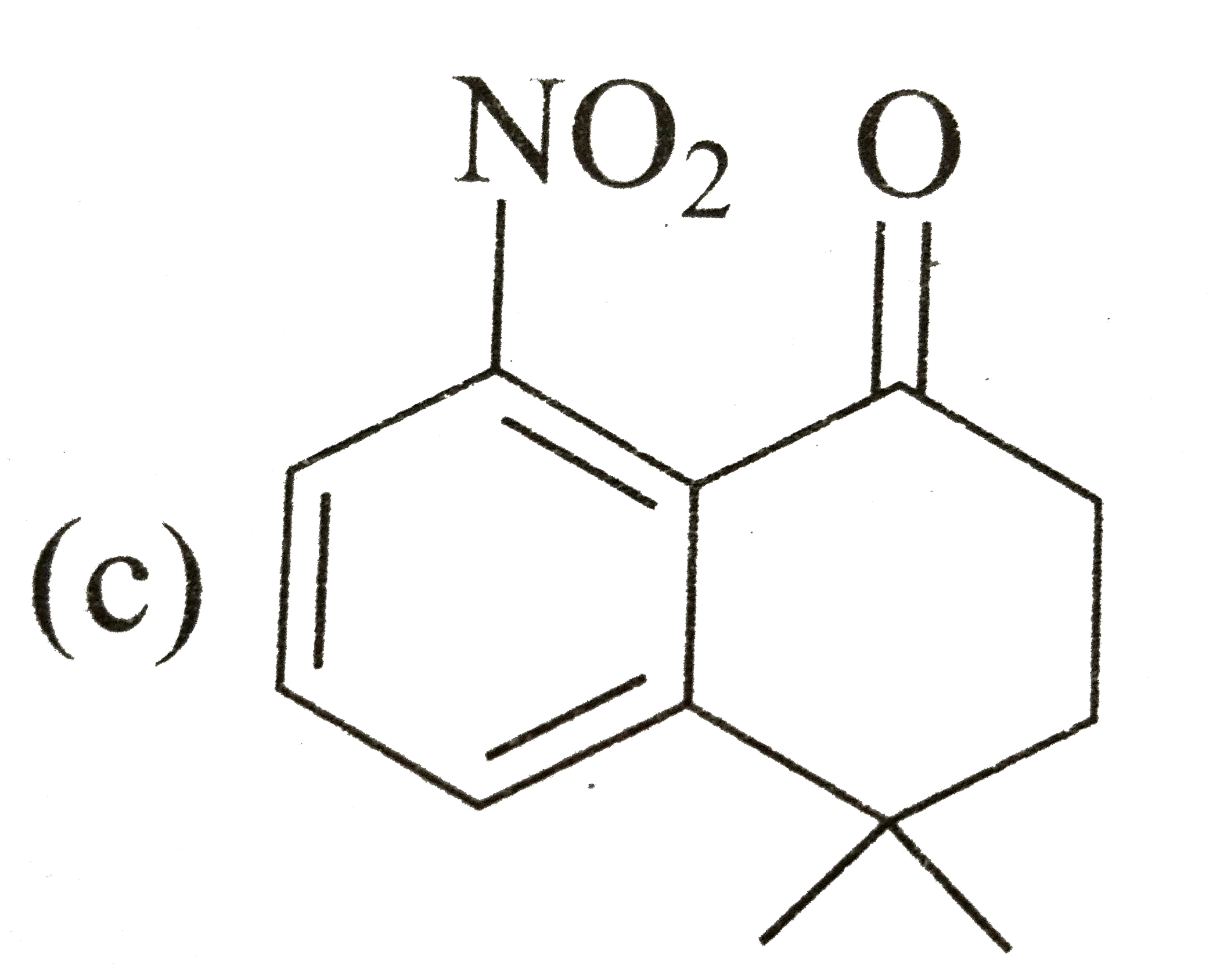 D
D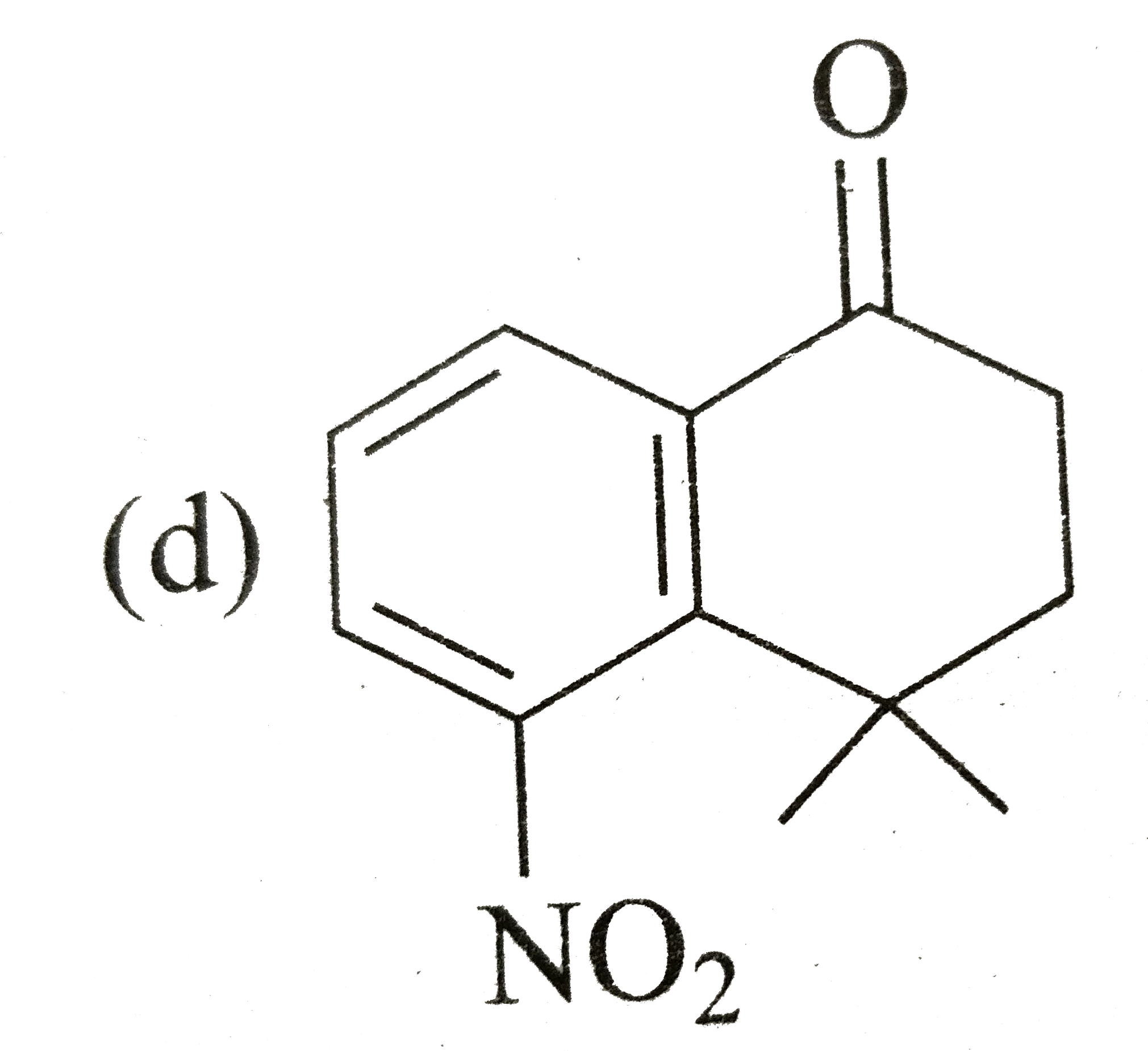
Given the major product of the following reaction :
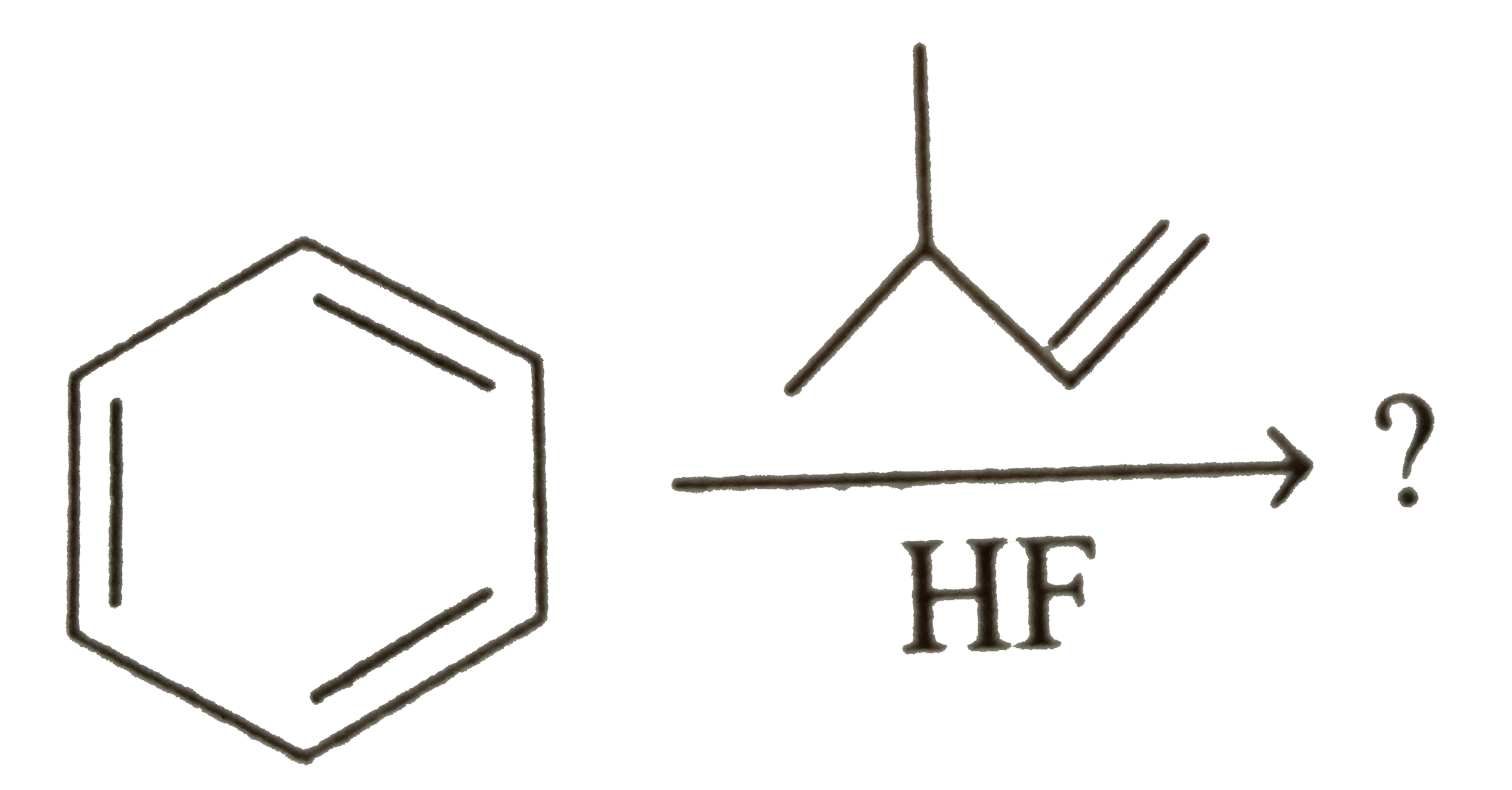 A
A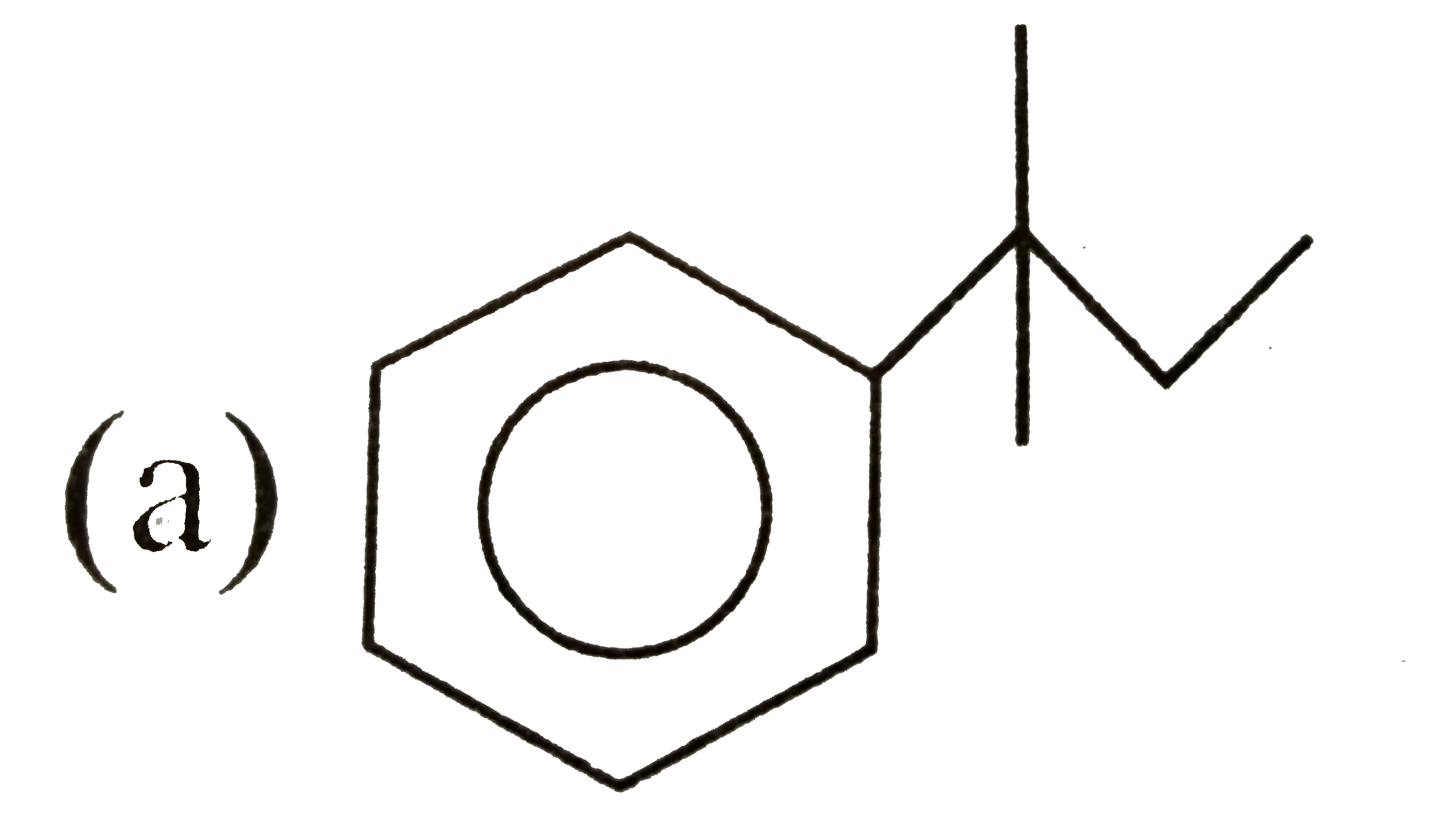 B
B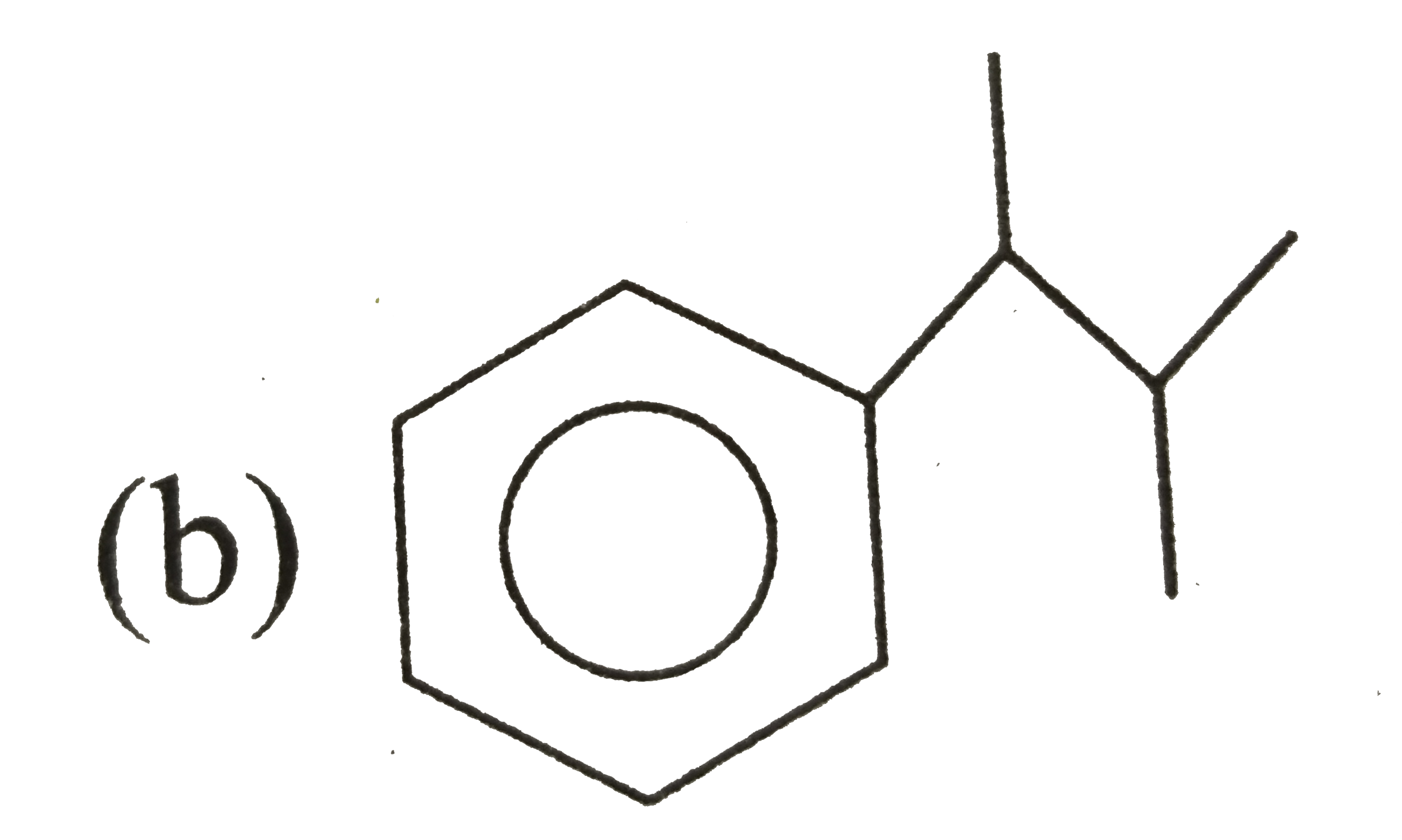 C
C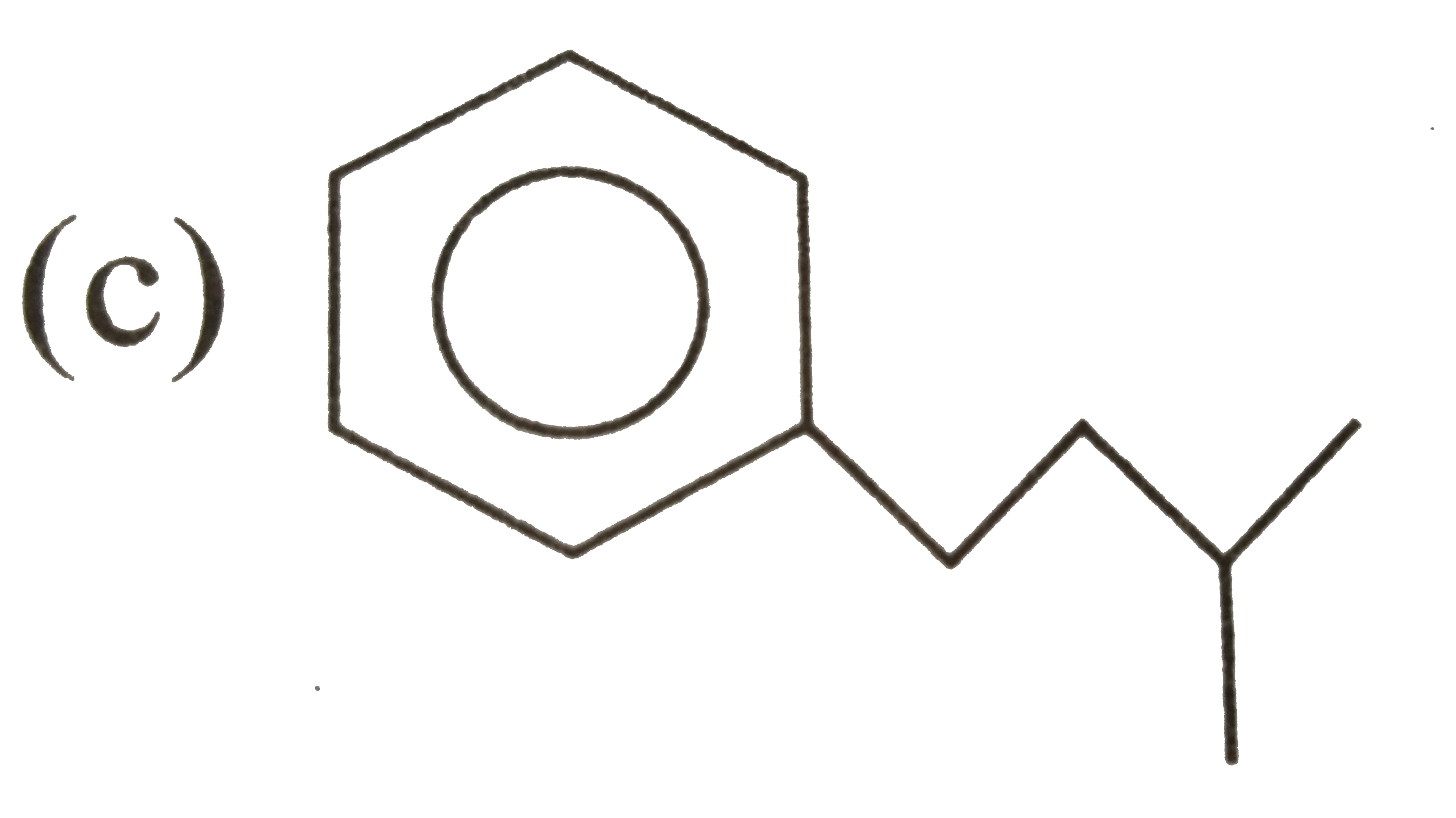 D
D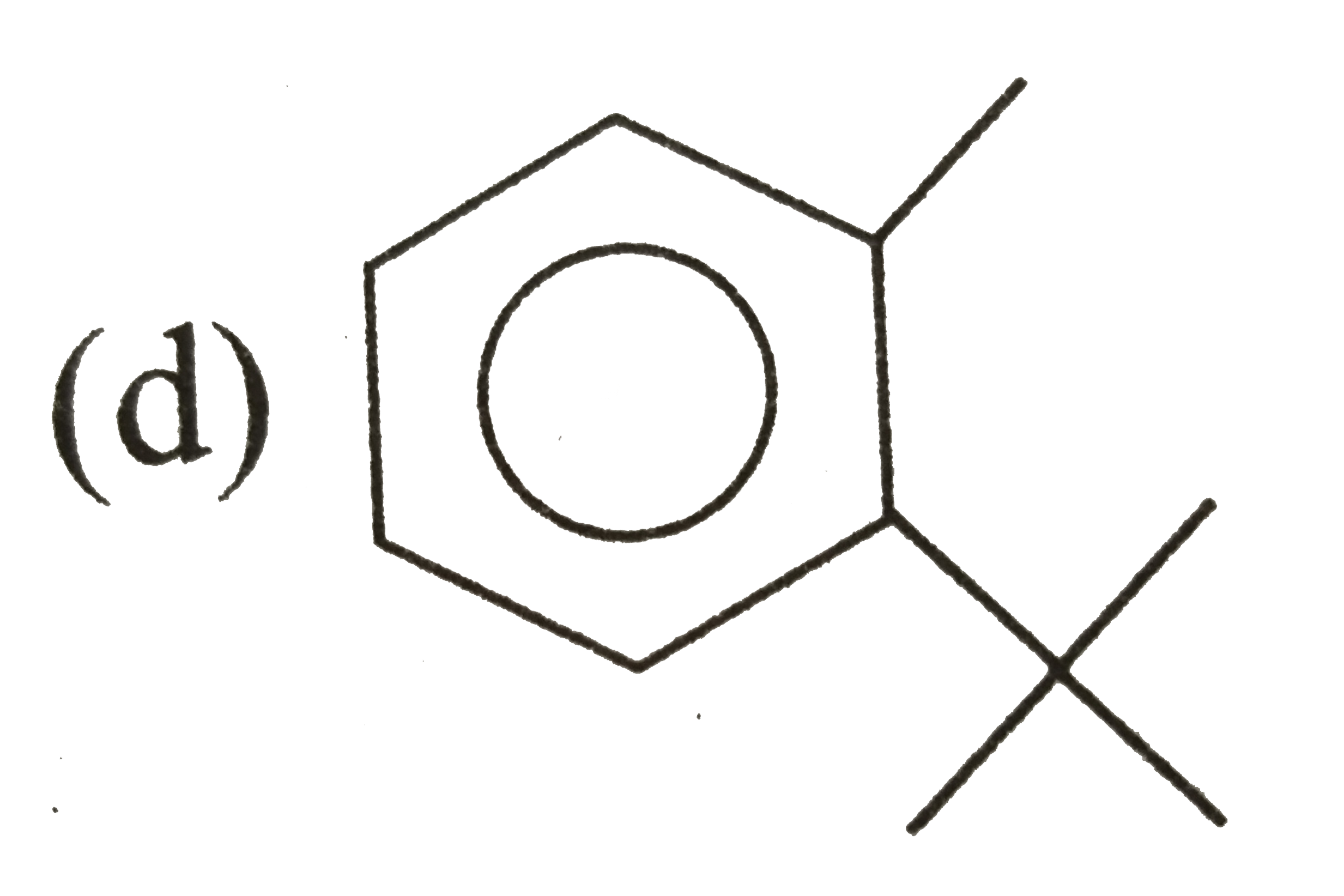
Given the major product of the following reaction.
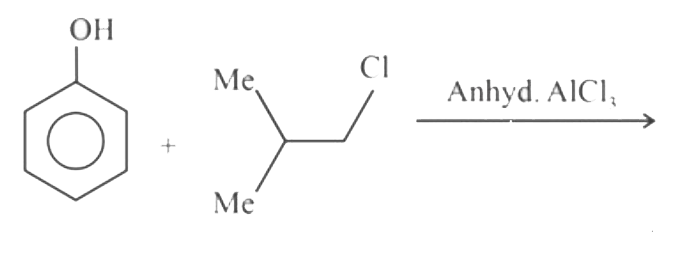 A
A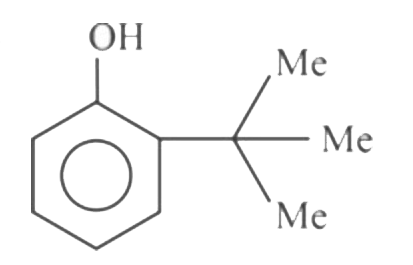 B
B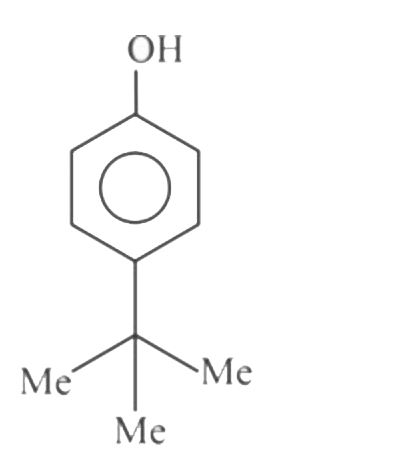 C
C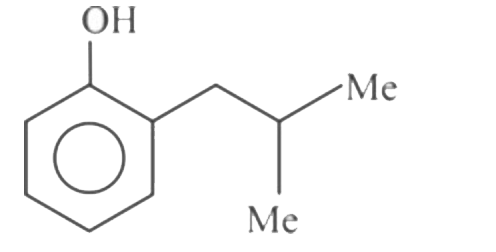 D
D
Given the major product for the following reaction.
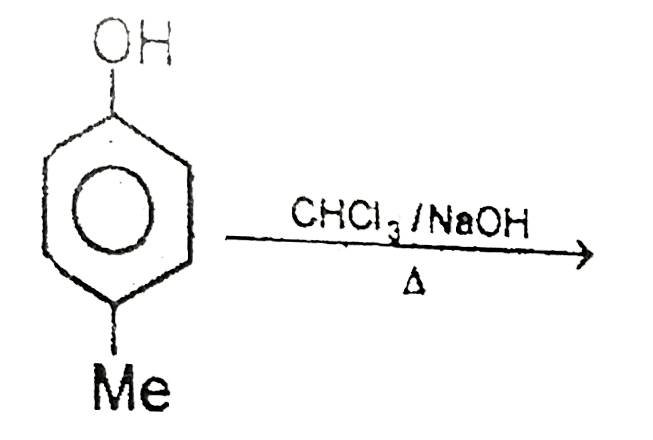
View SolutionGive the major product the following reaction
 major product
major product
View SolutionThe major product of the given reaction is:
 .
.
View SolutionThe major product of the given reaction is :

View SolutionThe major product of the given reaction is :

View Solution

